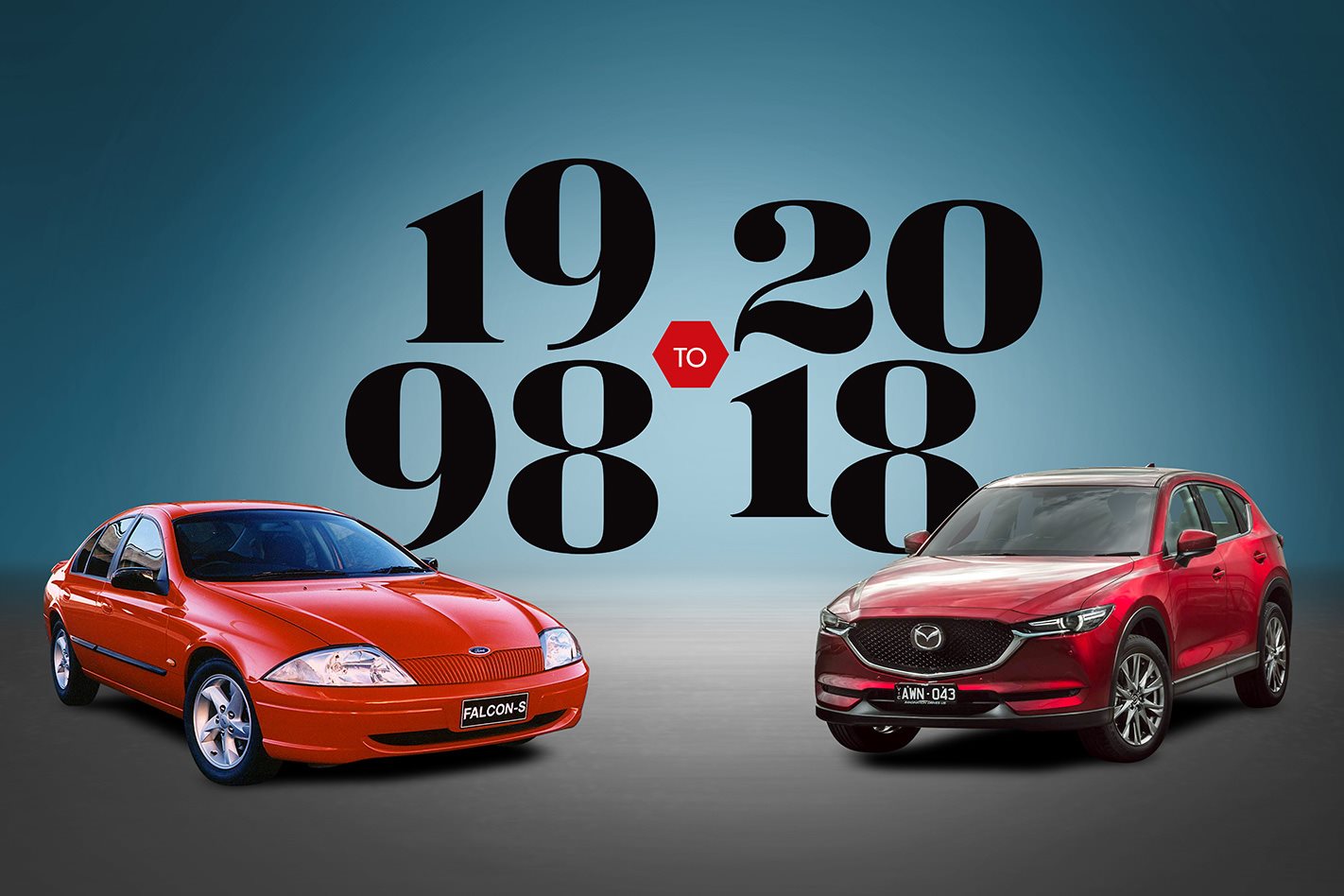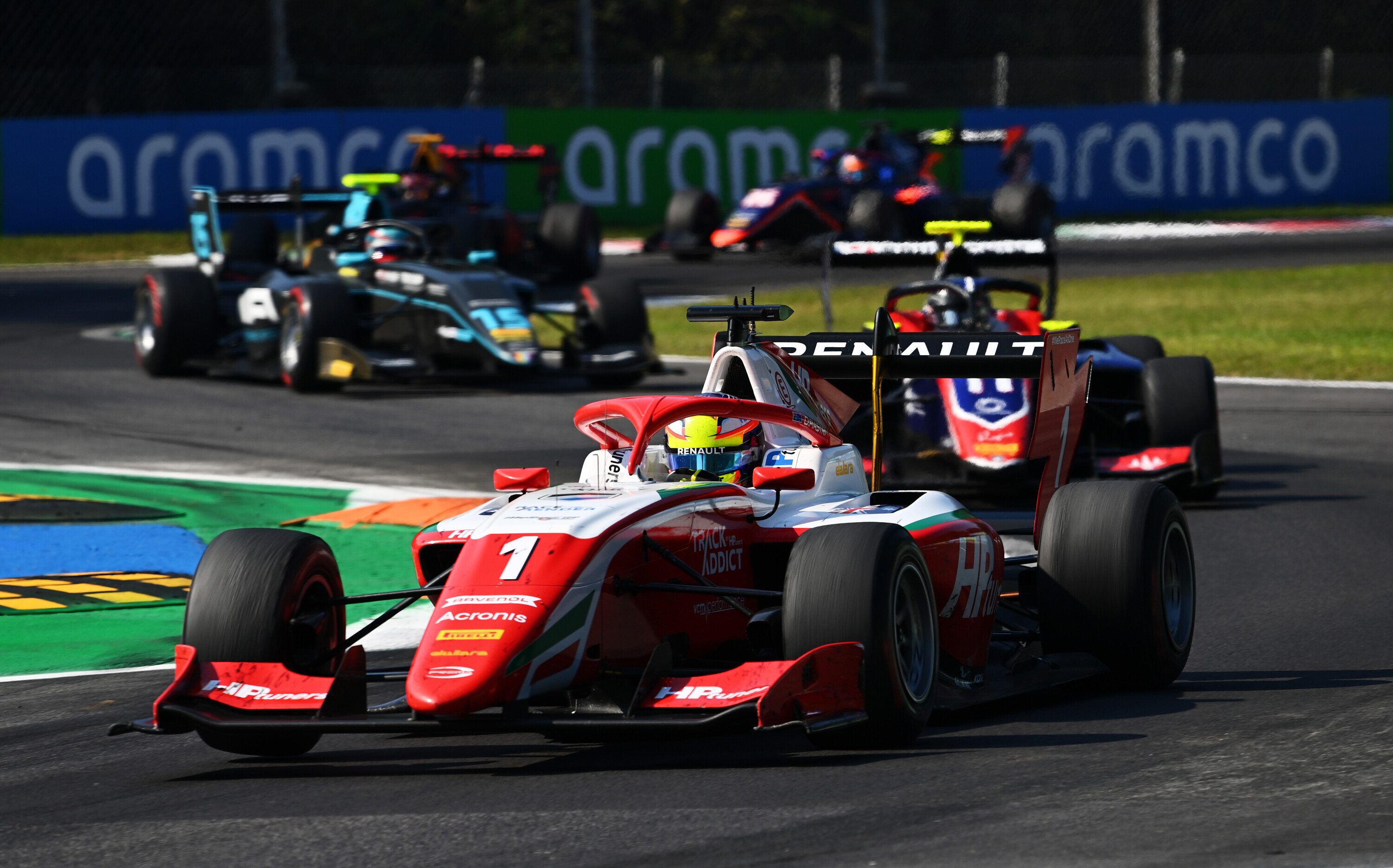Australian tastes when it comes to new cars have drastically changed during the past two decades. Look back 20 years and you’ll see a very different market.
The year is 1998, Harry Potter and The Chamber of Secrets has just hit bookshelves and the Holden Commodore is king of the sales charts. Holden managed to move 94,642 back in 1998, almost double the number of sales the current chart-topper, the Toyota Hilux, managed in 2018.
SUVs occupied a tiny space in the new car market back then, accounting for only 12% of new car sales. The Toyota Hilux, which was considered a bare bones work ute in those days, found 20,820 buyers.
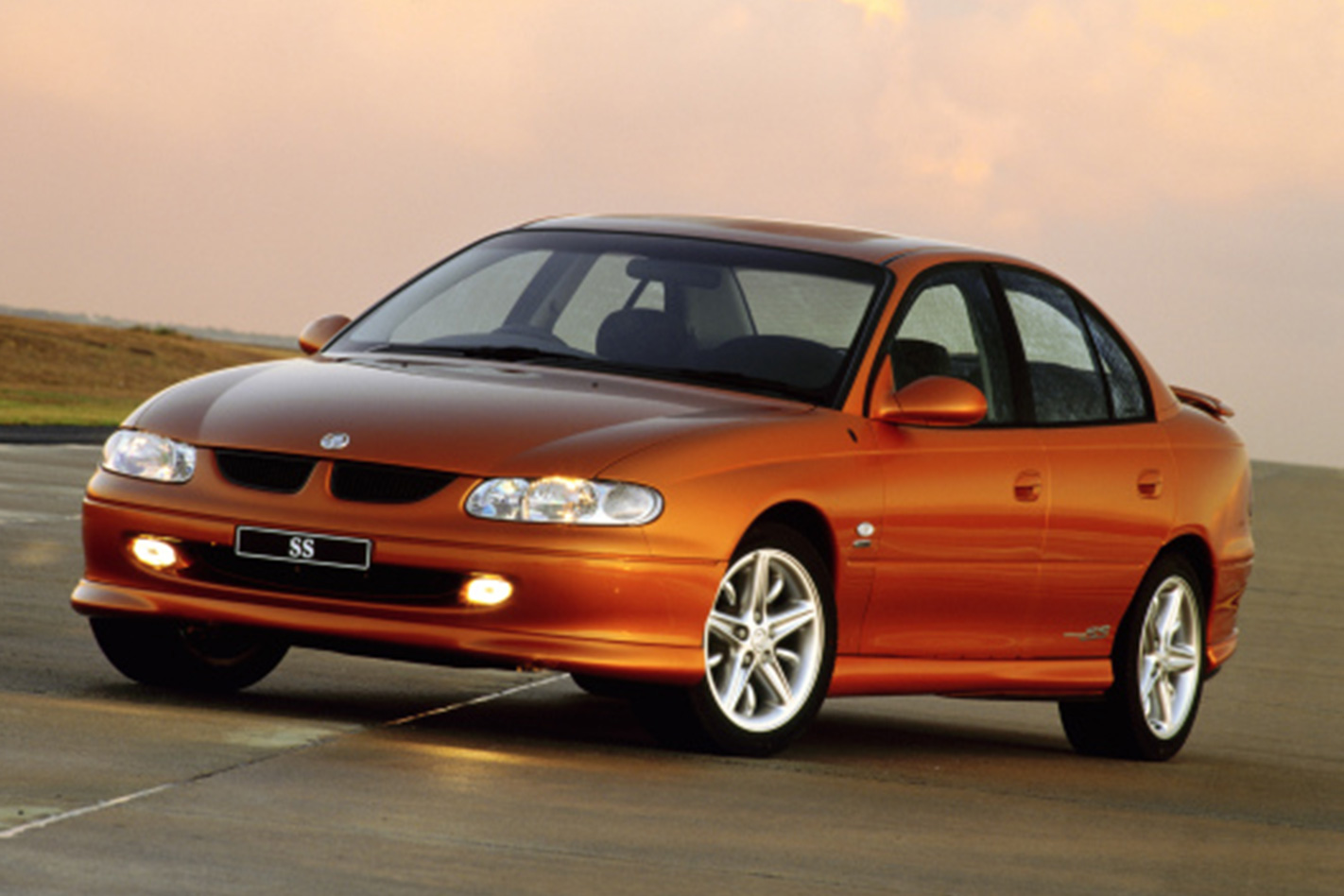
Moving forward 10 years and the market is already experiencing changes. The Commodore is still on top, but only managed just over 51,000 sales. A good 40,000 less than it did 10 years ago.
By 2008 SUVs have gained traction and are increasing in popularity, accounting for 19% of new car sales, but yet to truly explode in popularity.
Meanwhile the Toyota Hilux has almost doubled in sales, with Toyota moving over 39,000 units of its rugged light commercial throughout 2008. The ramp-up of the mining boom surely had a part to play, but the Hilux’s rising fortunes was also a reflection of how the ute was starting to become more of a family vehicle, thanks to increases in standard equipment and safety.
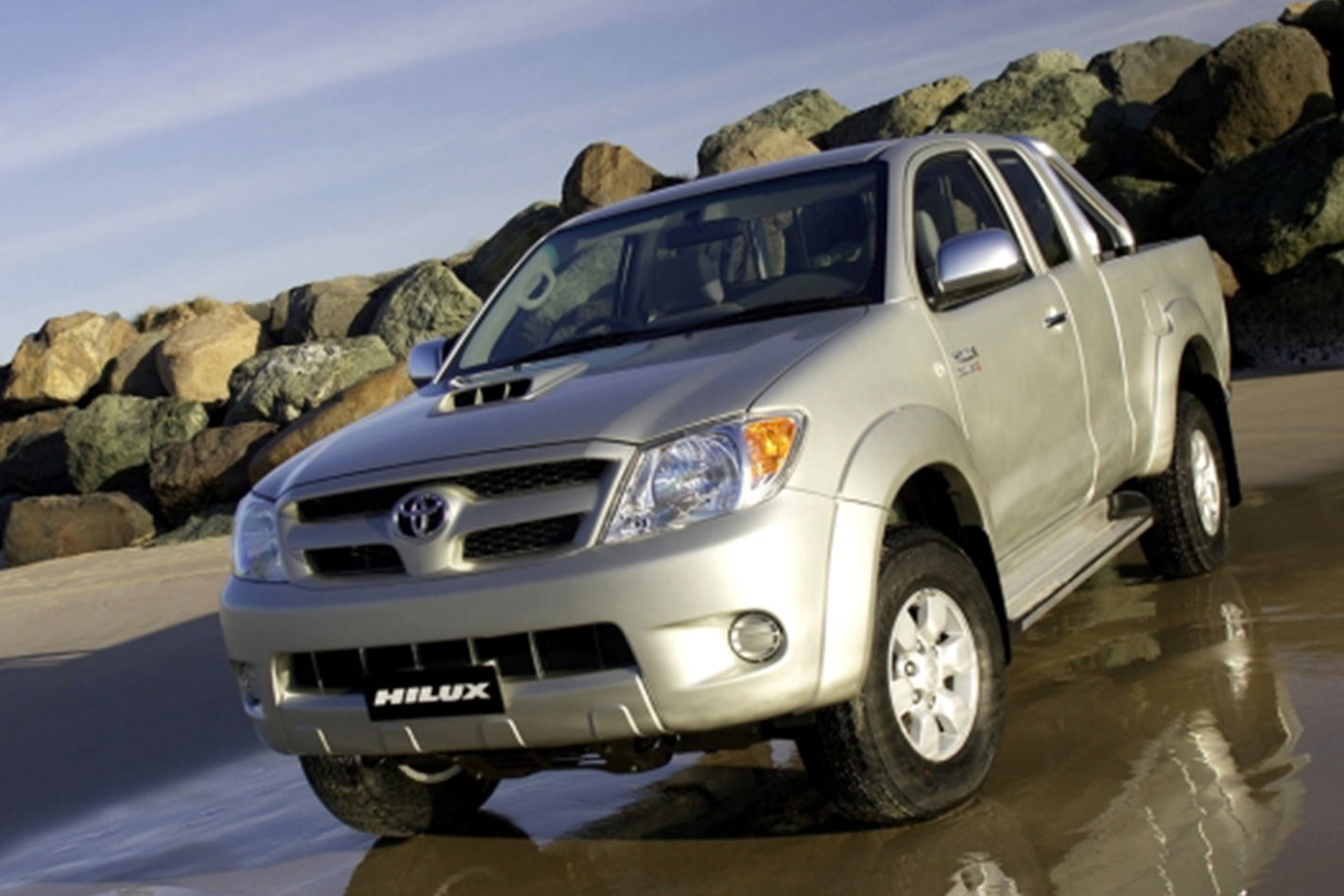
Yet it’s the last 10 years that have seen the biggest changes to the Australian new car market. Sales of passenger cars have plummeted. The most popular passenger car in Australia last year, the Toyota Corolla, only managed around 35,000 sales – 15,000 less than the leading passenger car in 2008, the Holden Commodore. In the middle of this decade the Australian-made Falcon, Commodore and Camry also disappeared, and while the latter two nameplates remain, they’re both selling at significantly lower volumes as fully-imported products.
At the same time ute sales have continued to increase, to a point now where the two best-selling vehicles in Australia are the Toyota Hilux (51,705) and Ford Ranger (42,144).
But by far the biggest change to the new car landscape has been the flood of new SUVs. In 2018 the best-selling SUV in Australia was the Mazda CX-5, which sold 26,000 units. But this number alone doesn’t give you the full picture. SUVs now make up 43% of the new car market, or 495,000 out of a total of 1,153,111 new cars and commercial vehicles.
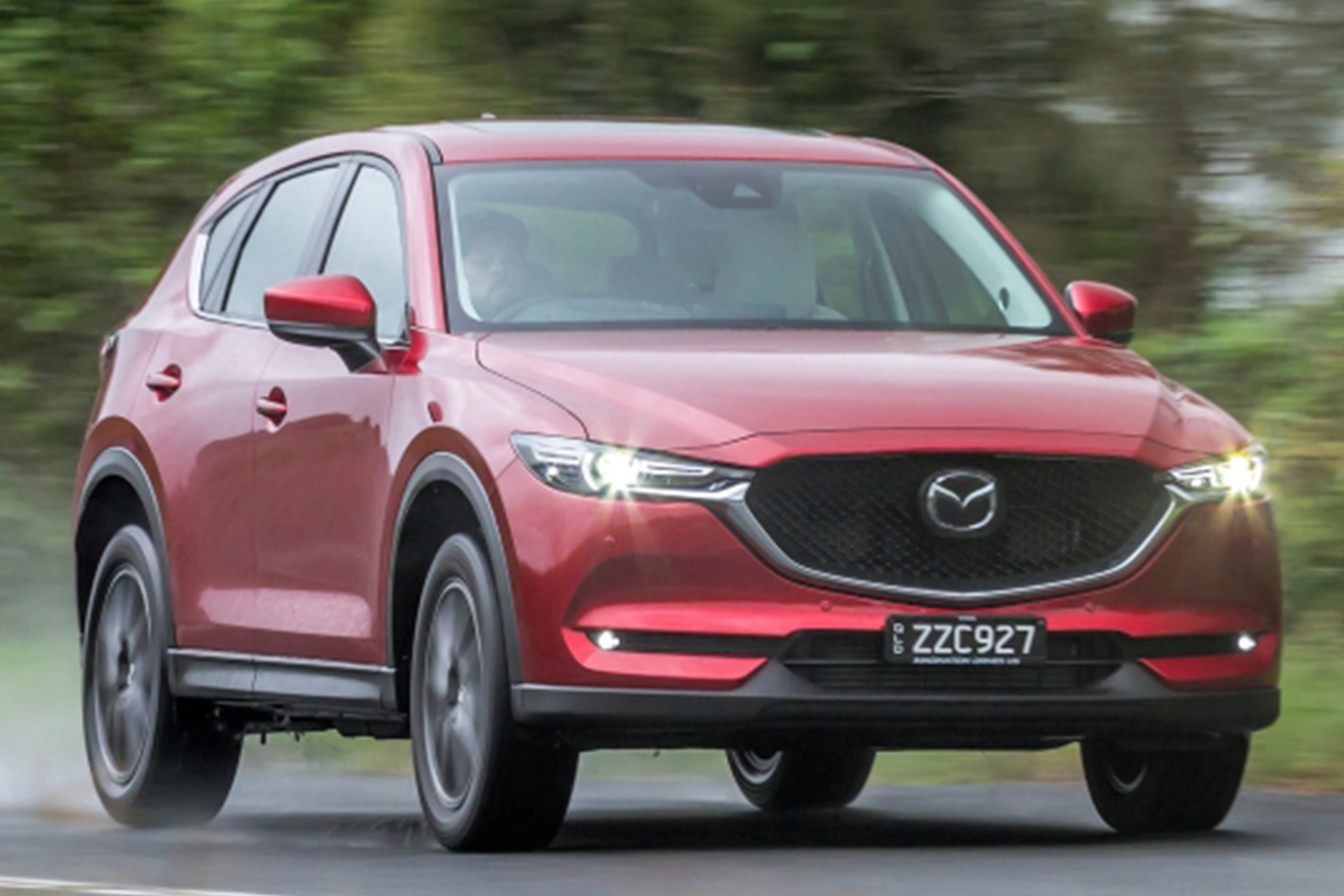
This shows the range and number of different SUVs on the new car market. The four best-selling brands in Australia – Toyota, Mazda, Hyundai and Mitsubishi – offer six, four, three and five distinct SUVs in their line up respectively.
Within the 25 top-selling cars, 12 were SUVs, seven were passenger cars and six were light commercial.
Whether you like it or not SUVs are here to stay, Aussie new car buyers are now more often than ever choosing SUVs over passenger cars.
Australians clearly love their SUVs, but why?
Unlike their more agricultural and off-road focused predecessors, today’s crop of SUVs are more likely to be front-wheel drive and mostly driven in and around city streets, with a gravel car park being the closest they’ll ever get anything resembling real off-roading. So it’s clear that their owners aren’t buying them with the intention of going bush-bashing.
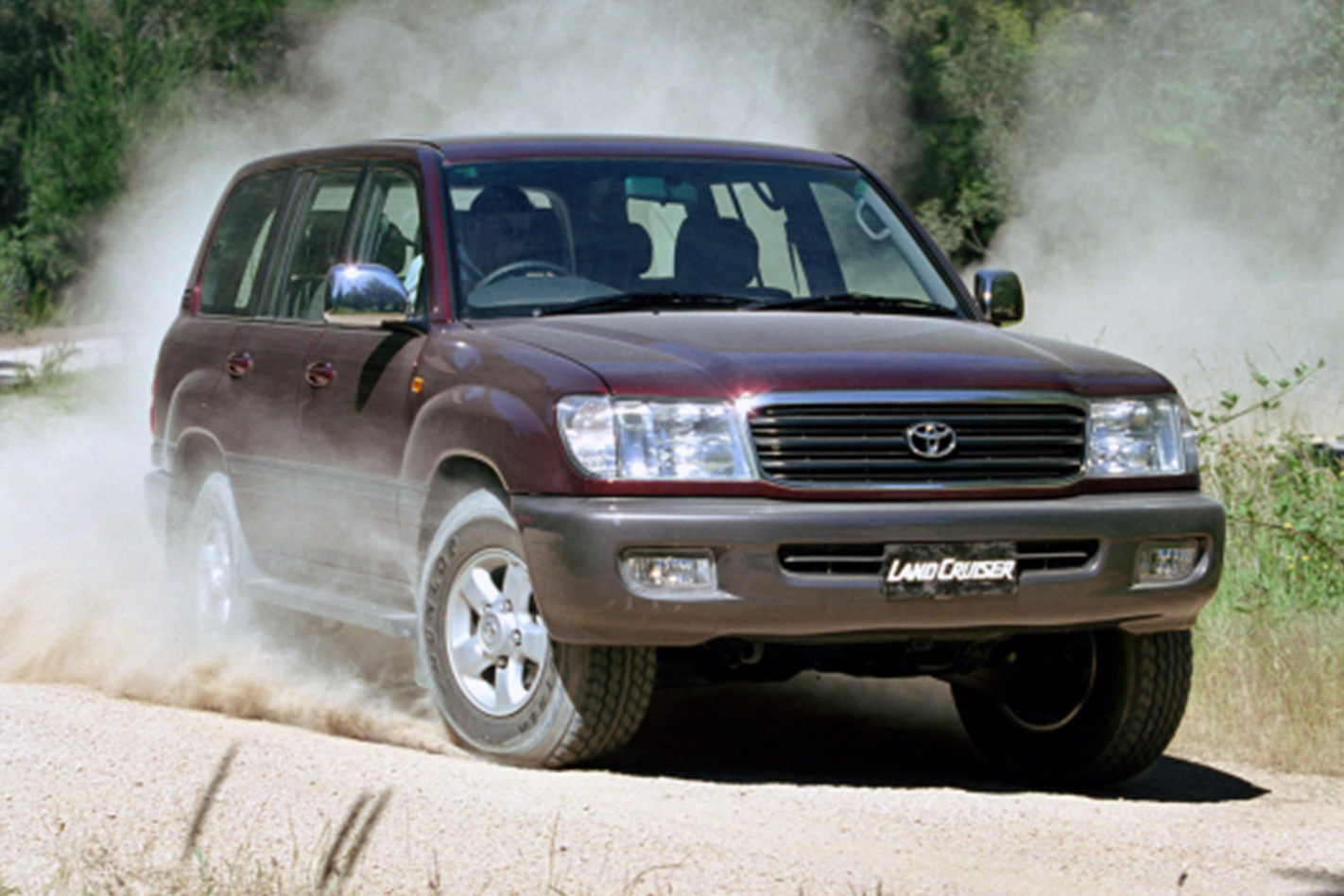
What they are being bought for is their space and ease of entry.
Most modern SUVs have the pragmatic combination of a high roof, low floor and wagon shape, giving occupants generous legroom, headroom and storage space.
Unlike sedans, the roof in an SUV doesn’t sweep down at the rear, also giving your backseat passengers headroom. That is unless you like coupe SUVs for some reason.
The growing popularity of SUVs can also be traced back to their ride height, and the ease of access that comes with it. The higher ride height allows for an ease of entry and exit that can’t be matched by a sedan or wagon. The taller doors and shorter sills mean less bending and squatting. This is a welcome relief for everyone, but especially the older generation and those with young kids.
The higher ride height also means improved visibility over a sedan or wagon. The higher ride height and longer suspension travel also helps protect your bumpers from kerbs and softens the blows of potholes, which on some of Australia’s roads are a common occurrence. Again, pragmatism dominates the list of SUV reasons-for-purchase.

If it’s space you’re looking for, many would argue that a wagon would be your best choice. As wagons offer similar space to a SUV, but with superior fuel economy and generally better road manners thanks to less weight and a lower centre of gravity.
But the truth is the current range of new wagons is dwarfed by the sheer number of SUVs on the market, a number which is also constantly growing. Of the four most popular manufacturers in Australia, Toyota, Mazda, Hyundai and Mitsubishi, only the first two offer a wagon option – and even then it’s only one model apiece.
So it’s clear why Aussies love their SUVs and you can’t blame them. Thanks to their space, ease of access and sheer range of choices on the market, SUVs have shot to the top, killing the passenger car on their way.
But what will the next 10 years hold? Will EVs finally gain traction in Australia? Will millennials and Generation Z shun SUVs for regular passenger cars? Will Tesla still be around? We’ll find out in the next 10 years.

